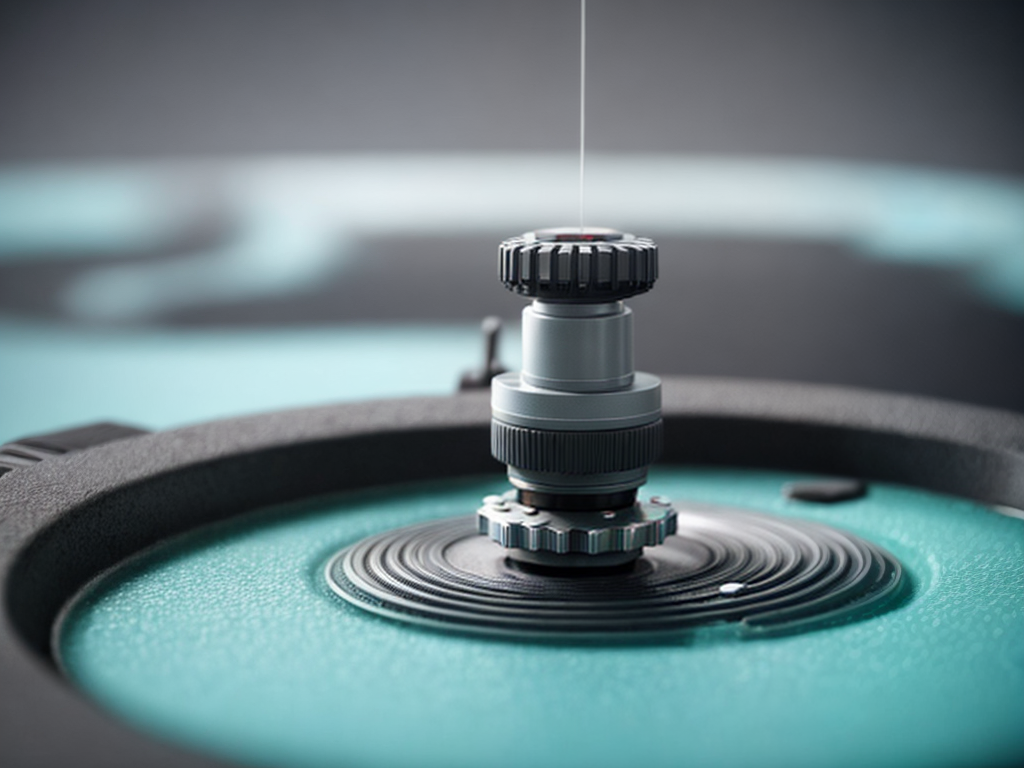
As the saying goes, “knowledge is power,” and when it comes to valves, understanding the terminology is crucial for any customer. Whether you’re an industry expert or just starting to learn about valves, this glossary of valve terms will equip you with the essential knowledge needed to make informed decisions. From different valve types and their components to understanding valve operations and performance measurements, we’ll cover it all. Plus, we’ll delve into valve maintenance and troubleshooting, ensuring you have the tools to keep your valves running smoothly. So, let’s dive in and unlock the world of valves together.
Valve Types
There are several types of valves used in various industries to control the flow of fluids or gases. Valve selection is crucial for the efficient operation of a system, as it determines how well the valve will perform in specific applications. Understanding the different types of valves available can help in making the right choice for a particular application.
One common type of valve is the gate valve, which is used for on/off control and offers minimal resistance to flow when fully open. It is commonly used in applications where a straight-through flow is required. Another type is the globe valve, which is designed to regulate flow by varying the position of a movable disk against a stationary ring. It offers good throttling capabilities and is often used in applications that require precise control.
Ball valves, on the other hand, use a rotating ball with a hole to control flow. They are durable and versatile, making them suitable for a wide range of applications. Butterfly valves are another popular choice, especially for large-scale systems, as they are lightweight and offer quick operation.
In addition to these types, there are also check valves, diaphragm valves, and needle valves, each with their own unique characteristics and applications. Check valves, for example, allow flow in only one direction, preventing backflow. Diaphragm valves use a flexible diaphragm to control flow, making them suitable for applications that require a high level of cleanliness. Needle valves, on the other hand, provide precise flow control in low-flow applications.
When it comes to valve selection, it is important to consider factors such as the type of fluid or gas being controlled, the pressure and temperature conditions, as well as the desired level of flow control. By understanding the different types of valves and their applications, one can make an informed decision that ensures optimal performance and efficiency.
Valve Components
Valve components play a crucial role in the overall functionality and performance of a valve system. When it comes to valve installation, understanding the different components is essential. The choice of valve materials also plays a significant role in determining the valve’s durability and reliability.
To better understand valve components, let’s take a look at the table below:
| Component | Description |
|---|---|
| Valve body | The main casing that houses the valve’s internal components. |
| Bonnet | The cover that encloses the valve stem and packing. |
| Valve stem | Connects the actuator to the valve disc, allowing movement. |
The valve body acts as the central structure of the valve system. It houses the internal components and provides the necessary support and stability. The bonnet, on the other hand, serves as a protective cover for the valve stem and packing. It ensures that these components are shielded from external elements, preventing any damage or leakage.
The valve stem is responsible for connecting the actuator to the valve disc. It allows the actuator to control the opening and closing of the valve, regulating the flow of fluid or gas. It plays a vital role in the overall operation of the valve system.
When it comes to valve materials, it is essential to consider factors such as corrosion resistance, pressure and temperature limits, and compatibility with the fluid or gas being controlled. Common valve materials include stainless steel, brass, cast iron, and PVC. Choosing the right material ensures the longevity and efficiency of the valve system.
Valve Operations
To operate a valve effectively, it is crucial to understand its key functions and operating principles. Valve operations refer to the various actions and processes involved in controlling the flow of fluids or gases through a valve. The valve design and selection play a vital role in determining its operations.
Valve design encompasses factors such as valve type, size, material, and configuration. Different valve types, such as gate valves, ball valves, and butterfly valves, have distinct operating mechanisms and capabilities. The valve size and material are crucial considerations for ensuring optimal performance and durability. Additionally, the valve configuration, including the number of ports and the presence of special features like pressure relief valves, can impact its operations.
Valve selection involves choosing the right valve for a specific application based on the intended purpose, flow rate, and operating conditions. Factors like pressure, temperature, and the nature of the media being handled are important considerations in valve selection. Understanding the requirements of the system and the desired flow characteristics helps in selecting a valve that can effectively control the fluid or gas flow.
Valve Performance Measurements
In order to accurately assess the performance of a valve, various measurements are taken to evaluate its efficiency and effectiveness in controlling fluid or gas flow. These measurements play a crucial role in determining the valve’s quality and determining if it meets the desired specifications. Here are three key valve performance measurements:
-
Valve Efficiency Analysis: This measurement evaluates how effectively the valve controls the flow of fluid or gas. It examines factors such as pressure drop, flow rate, and leakage. By comparing the expected performance with the actual performance, engineers can determine the valve’s efficiency and identify any potential issues that may affect its functionality.
-
Valve Flow Capacity Estimation: This measurement focuses on determining the maximum flow rate that a valve can handle while maintaining its desired performance. It involves calculations and simulations to estimate the valve’s capacity under different operating conditions. By accurately estimating the flow capacity, engineers can ensure that the valve is suitable for the intended application and prevent any flow-related problems.
-
Valve Response Time: This measurement assesses how quickly the valve responds to changes in flow conditions. It measures the time it takes for the valve to open or close fully after receiving a control signal. A fast response time is crucial in applications where precise control is necessary to maintain system stability and prevent any disruptions.
Valve Maintenance and Troubleshooting
Maintaining and troubleshooting valves is an essential aspect of ensuring their optimal performance and preventing any potential issues. Valve leakage prevention is a key part of maintenance. Regular inspections and maintenance checks are necessary to identify any signs of leakage, such as visible leaks or unusual pressure fluctuations. By addressing leakage promptly, you can prevent further damage to the valve and ensure its continued functionality.
Valve repair and replacement are also important components of maintenance. Over time, valves may experience wear and tear, leading to decreased performance or even failure. If a valve is found to be faulty or damaged beyond repair, it is crucial to replace it promptly to avoid any disruptions in the system’s operation. Regularly inspecting valves for signs of wear, such as corrosion or excessive vibration, can help identify potential issues before they become major problems.
Troubleshooting valves involves identifying and resolving any issues that arise during operation. This may include addressing problems such as valve sticking, improper sealing, or excessive noise. By understanding the common issues that can occur with valves, you can troubleshoot and resolve them effectively.


